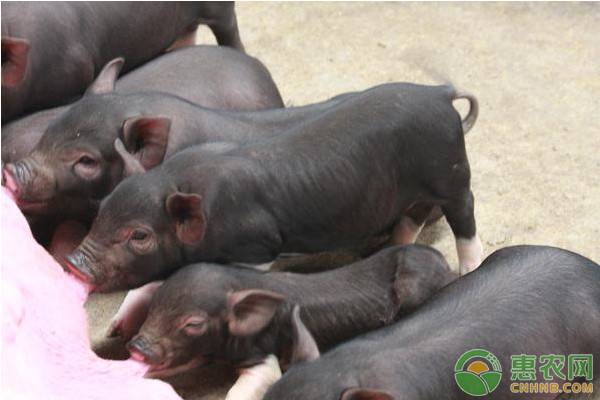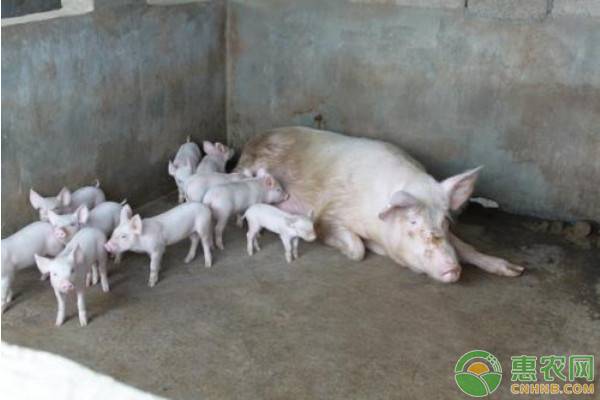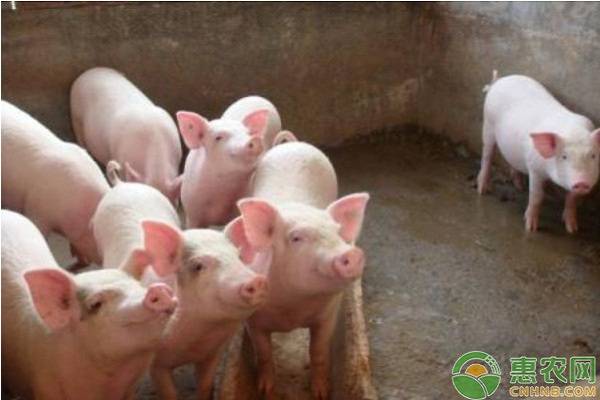Pork is the leading product on the modern table, and its safety is naturally of concern to the public. However, environmental pollution caused by highly intensive feeding, spread of epidemics, abuse of antibiotics and illegal drugs, and excessive feed hygiene indicators have caused excessive residues of harmful substances in pork, resulting in a continuous decline in the quality and safety of pork, which seriously endangers human health. It also affects the competition of products participating in the international market. Therefore, the production of pollution-free products has become a new topic facing pig researchers and producers.

Pollution-free pig production is a chain system involving multidisciplinary content such as architecture, microbiology, ecology, nutrition, animal production, and pig producers must be familiar with some key control techniques in order to enable industry standards to be effectively implemented. .
1 Emphasis on site selection and standardized supporting buildings
The ecological environment of the site where the site is located must be excellent, and the air quality, pig drinking water quality, soil quality, etc. must meet the requirements of production conditions for pollution-free pigs. The hardware of the pig house construction and production facilities should be standardized and reasonable, so that it can be thoroughly and effectively disinfected inside and outside. It adopts scientific ventilation and warming facilities to control the microclimate in the house, inhibit the reproduction of microorganisms, the treatment of sewage and animal carcasses, and the ecological greening inside and outside the field. The implementation will effectively purify, isolate, kill pathogenic microorganisms, reduce the number of pathogenic microorganisms, and reduce the spread of diseases.
2 Requirements for the introduction of breeding pigs
When it is necessary to introduce breeding pigs, it should be introduced from a breeding farm with a breeding license and a production license for pollution-free breeding (species) pigs, and quarantine according to the GB16567 standard; the introduced breeding pigs must be isolated for 45 days and sent for inspection by veterinarians. It can only be propagated after it has been determined to be healthy; it is not allowed to introduce breeding pigs from infected areas.

3 pollution-free feed production control specifications
3.1 Feed raw materials The feed raw materials used for pollution-free food must come from the pollution-free food production base, and use feed materials such as calcium hydrogen phosphate, stone powder, inorganic minerals, fish meal, bone meal, etc. with low heavy metal content, and test them, and purchase them strictly according to the standard. .
3.2 Selection of pollution-free feed additives In order to reduce the use of antibiotics, the use of pollution-free feed additive products, such as organic acids, probiotics, mold preparations, immunopotentiators, oligosaccharides and other mineral adsorbents, to regulate the intestinal flora It plays an important role in inhibiting the growth of harmful bacteria and improving the utilization rate of feed.
3.3 Scientifically formulating feed to reduce environmental pollution
3.3.1 Dietary amino acid balanced diets using amino acid balances are diets formulated according to the “ideal protein modelâ€, ie, the diet in which the amino acid composition of the diet is compatible with the amino acid requirements of the animal. According to reports, on the basis of meeting the needs of effective amino acids, it can reduce the protein level of the diet without affecting the production level of pigs, which not only saves protein resources, but also effectively solves the effective way to reduce nitrogen pollution in pig manure. .
3.3.2 Reasonable processing The processing of dietary feeds can not only affect the nutrient content of the feed, but also affect the utilization of feed. A pellet with a suitable particle size can increase the feed intake of pigs. The puffing and granulation treatment of the feed can reduce the dry matter discharged from the feces by 1/3, and the puffing can gelatinize the starch and denature the protein, which is beneficial for digestion and absorption.
3.4 Keeping and using the feed adhere to the principle of first-in-first-out, after the feed is put into storage, do a good job of moisture-proof, mildew-proof, anti-rat, etc., timely treatment of mildewed feed, and strictly prohibited feeding; according to different stages of pig nutrition The demand, feeding the corresponding types of feed, should not be used indiscriminately, and the first processed products should be used first; the free feeding trough in the pig house does not leave overnight, and the trough is often cleaned to prevent the feed from becoming moldy in the trough.
4 drug control and vaccine immune control technology
4.1 Minimize the use of veterinary drugs. According to the epidemic situation and production situation of the field, a set of operational sanitation and immunization procedures should be developed to selectively select stable disinfectants and vaccines, and establish a sound biosafety system. To synergize drug control and vaccine anti-epidemic effects. Strengthen the regular testing of the disease to ensure the health of the herd and minimize the use of veterinary drugs.
4.2 Reducing drug residues in animal products It is forbidden to use illicit drugs such as clenbuterol and diethylstilbestrol, and antibiotics are prohibited as feed additives. Reasonable use of drugs that are allowed to be added, one is to strictly abide by the state's regulations on the withdrawal period before slaughter, so as to avoid detecting residues or residues exceeding the standard; second, it is necessary to apply drugs without pre-slaughter period to ensure the health of animals before slaughter. The third is to select animal-specific drugs that have no cross-resistance with human drugs; the fourth is to change some of the life-long drugs for the appropriate period of time.

5 reasonable treatment of sewage excrement
5.1 The reduction treatment must first be improved from the production process of the pig farm to reduce the amount of sewage and the amount of pollutants in the sewage, and use a clearing process with less water consumption. The dry decontamination process is the best solution to achieve reduction, and can maximize the preservation and ease of treatment of solid manure.
5.2 Harmless treatment of high-concentration organic wastewater treatment in pig farms There is no technical problem to be harmless. The key is that pig farms are low-efficiency industries with low economic capacity, and organic matter and Nutrients are extremely valuable resources. If they are processed to standards that can be directly discharged, they are not only expensive, but also expensive to operate, and they are a huge waste of resources. Therefore, we should make full use of the local natural conditions and geographical advantages, use the abandoned ditch ponds and tidal flats nearby, adopt natural biological treatment methods with low investment and low operating cost, and purify the extent to meet the utilization requirements, but pay attention to avoid secondary pollution. .
5.3 Recycling treatment of pig farm wastewater treatment must be combined with resource utilization to achieve a virtuous cycle of production and achieve no waste discharge. The main way of resource treatment is to combine the use of agriculture, fruit, vegetables and fish for comprehensive utilization, turning waste into treasure and turning harm into profit. It can also be used for rinsing pig houses after purifying and disinfecting sewage, saving water on pig farms.
For the wonderful pictures and popular comments on the large-scale pig farm farming technology, you may be interested in the following recommended contents, welcome to read.
Roasted Pumpkin Seeds,Baking Pumpkin Seeds,Cooking Pumpkin Seeds,Toasted Pumpkin Seeds
Wuyuan county dafeng oil food co.,ltd , https://www.dafengfood.com.cn